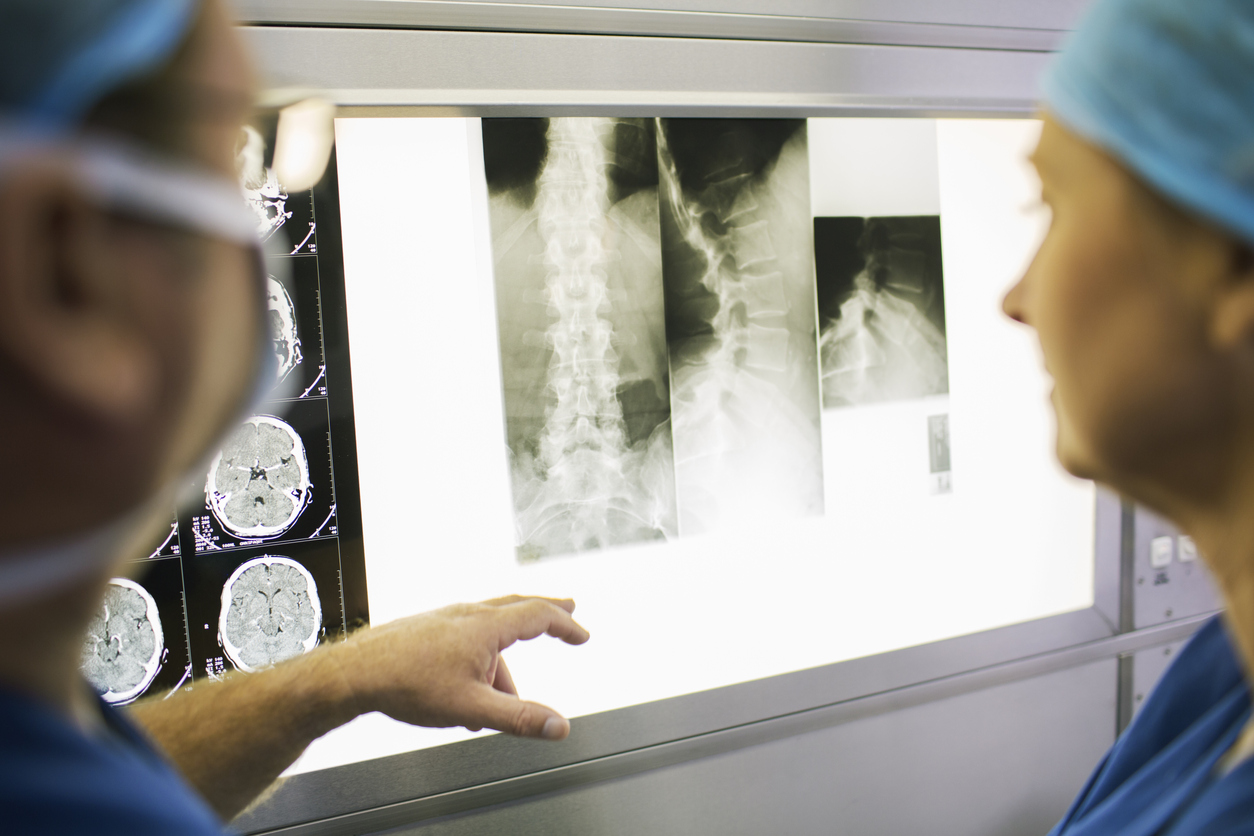A cyst is a non-cancerous growth filled with fluid. Cysts are relatively uncommon in the lower back, or lumbar spine. They are often found incidentally when a patient has an MRI for another reason. When the cyst is small, it may not cause any symptoms. However, if the cyst grows large enough, it may cause a narrowing of the spinal canal, or lumbar stenosis. At that point, the patient may begin experiencing symptoms such as pain in the low back, buttocks, or legs. There may also be weakness, numbness, and tingling in the legs.
There are two types of cysts that can affect the lumbar spine: Tarlov cysts and synovial cysts.
Tarlov Cysts
These nerve root cysts are most often found at the base of the spine, at the sacral level. Tarlov cysts affect less than ten percent of the population. When the cyst is large enough to cause symptoms, it is sometimes misdiagnosed as another condition such as a herniated disc. A Tarlov cyst in the lumbar spine may cause pain, muscle weakness, difficulty sitting for long periods, and a loss of reflexes. The person may find relief from pain when lying flat on their side. In severe cases, a person may notice a change in bladder or bowel function, or a change in sexual function.
Synovial Cysts

These cysts are most often diagnosed in older adults who have arthritis and degenerative spinal conditions. Synovial cysts are caused by age-related degeneration of the facet joints in the lumbar spine, and they usually develop at the L4 or L5 vertebrae. Symptoms include pain in the low back, pain in one or both legs, sciatica, and numbness, tingling, or cramping in the legs. The pain may improve when the person sits down, but it may worsen when they stand or walk.
Diagnosis
Tarlov cysts are more difficult to diagnose, since the symptoms may suggest other conditions. Both Tarlov cysts and synovial cysts may be seen on an MRI. Follow-up testing may include a CT myelogram that incorporates a dye to allow the doctor to see the spinal canal, cord, and nerve roots.
Treatment
Treatment will depend on the size of the cyst, it’s location, and the symptoms.
- Nonsurgical treatments – Conservative treatments may be tried first. Small cysts not causing symptoms may just be monitored. Mild to moderate pain can be treated with anti-inflammatory medications or epidural steroid injections. The doctor can drain the fluid from the cyst, although it may eventually fill up again if the sac is not removed.
- Surgical removal – This is an option when the cyst has not responded well to conservative treatments or has caused significant neurological symptoms. Removing the cyst will decompress the spinal cord and affected nerve roots. Fortunately, surgery is not necessary in most cases.
The physicians at Atlanta Brain and Spine Care are experts in the diagnosis and treatment of spinal cysts. Contact us to schedule a consultation.


